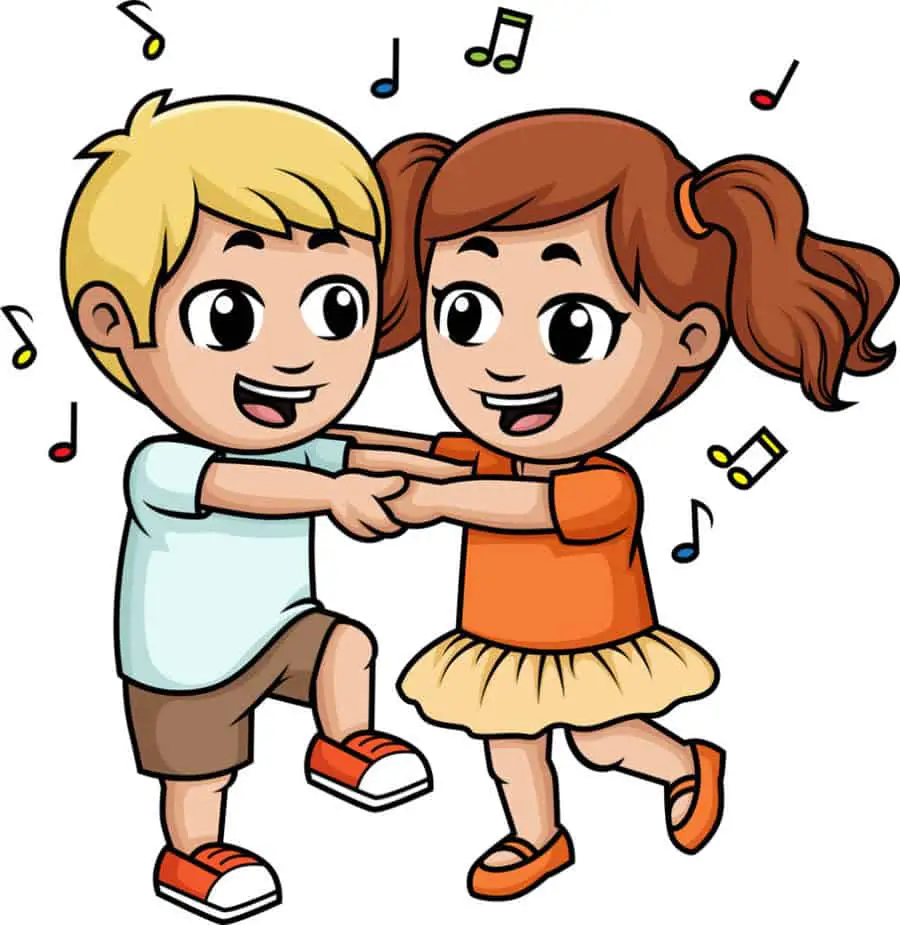
As adults, we understand how creative activities can help us alleviate stress and bring us inspiration and joy. Creativity is not limited to adults only. In fact, research has shown that kids too require creative activities to boost their mental and physical health.
From role-playing to martial arts, there are many ways to help your kids be more creative. Creativity in kids makes them confident about facing life’s challenges and overcoming obstacles, so it’s important for them to have creative experiences whether in school or at home.
In this post, you will learn the most effective ways to make your child more creative to achieve all these benefits. The methods in this guide will be under the following categories: Artistic, Education, Entertainment, Martial arts, and Other.
Contents
Artistic Ways To Make Your Kids More Creative
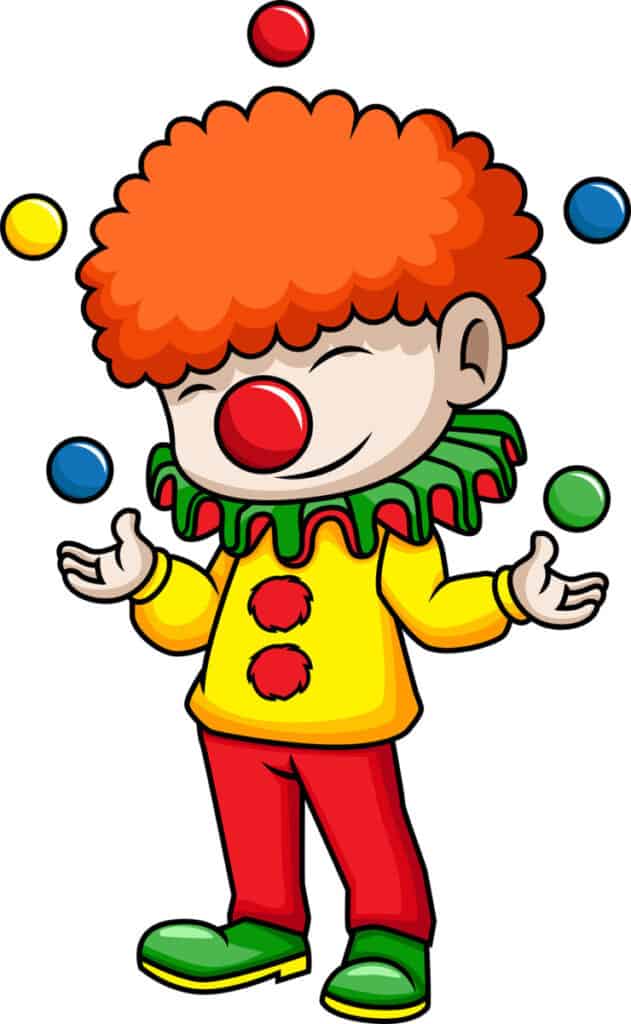
Arts play a very crucial role in our life as it helps us explore our personalities, develop thoughts, emotions and feelings. The effect of arts to boosting mental and awareness aspects is the same even for children. Children engaged in artistic activities learn to be creative in a natural and hassle-free manner.
These are our top picks for artistic methods to boost creativity in children.
Role playing for Artistic Creativity
Acting out roles such as imitating some animals’ qualities can help your child explore their feeling and emotions and understand how they can express their personality in their own way.
Then there are the imagination boosters that things like directed superhero scenarios can bring. These are great aides in teaching everything from character to science to math.
For a great way to add creative and fun superhero role playing to your child’s playtime or a classroom setting, I recommend highly these easy to use and colorful superhero kid’s capes and masks from Amazon.
Here are some role-playing ideas:
• Leadership roles- Your child can lead others, say in imitating various animal qualities as the others follow. This will help your child learn how to be creative to lead others effectively.
• Family happening- Help your children act out family happenings such as visiting a bank or a local store. This will help the children understand why some of these life aspects are important.
• Object movements- Let your child, for example, act out how their school bus moves down the road or how a vacuum cleaner does its job. This will help your children appreciate some of these items in their own capacity.
Creative Games As Part of Artistic Creativity
Games are one of the best ways for kids to learn anything. Incorporating creativity into game play is a wise and easy additive.
Examples of creative games ideas include:
• Continuing story– Start a storytelling session where each child gets a chance to contribute a part for the story to continue. With this, the children will explore any creative idea they may have in mind to ensure that the story does not stop during their turn.
• Machine/Object creation– Pick an object, say a school bus and let each of the children act as a component to make the bus. Some can act as the wheel, others as the body, some as passengers and bus operators. You can also have some of them act as the audience to guess what the object created is. This is a perfect way of instilling creative team working skills in your children.
• Play the animal cracker game– Teaching your children to be creative must not be boring. You can play the animal cracker game where one child choses an animal cracker, looks at it for some time, eat it and finally act as the animal for the other children to determine what the animal cracker was.

Creative Questioning is Another Feature of Artistic Creativity
You can instill creativity in your children by subjecting them to questions that will stimulate their imagination to answer. This is a practical way to also improve your children’s problem-solving skills. Here are some ideas to get you started in creative questioning:
• Ask ‘what would happen if’ questions to help your children explore how they can get out of a tricky situation or help a friend with the same. Example- “What would happen if you missed your bus to school?”
• Ask questions that require multiple answers to help increase your child’s thinking capacity. Example- “Why do you go to school?”
• Ask open-minded questions to boost their thinking. Example-“What is happening in this picture?’’
• Ask ‘How many different ways’ questions. Example-“In how many ways can a bag be used for?”
Sometimes you just want something easy and that’s when you pull out this fun animal trivia game from Amazon, in which you provide clues and your kids guess the animal. Eventually, you can take this to the next level by having your kids create their own trivia question game cards.
When I was teaching in public schools, the best activity I used at elementary to high school levels was a project in which students made their own board games. It was such a fantastic learning experience, and totally creative!
Source: Childcare Extension
Education-Based Ways To Make Your Kids More Creative
Most children spend 50 percent or more of their waking time in school and that is why education-based methods to boost creativity are highly effective. The beauty of most of the education-based creativity boosting activities is that they are done in groups, hence come tied with other benefits such as social and team cooperative skills.
There is also the added benefit of creating interest through creativity in learning and the material being presented as well. Educators have a tough time competing for the attention of your children. Everything around them either has a screen, colors to illicit their response, or sounds to catch their sense of wonder and exploration.
Adding dedicated methods to develop creativity in kids to traditional education settings is a great way to stimulate learning. This can have a twofold benefit by encouraging information retention through engagement and creativity through structured practice.
Below are our top creativity boosting methods in this category.
Use Multidisciplinary lessons for Education-based Creativity
This one is for teachers of all types. Students can be in a public school setting, private school group, homeschool situation, or even religious or cultural education program.
All of these share one major point. They have children together in a group while trying to create teachable moments. In these moments, not only information can be absorbed, but creativity can be fostered.
You can choose to teach children two subjects that share concepts, say geometry and arts. This will teach your kids to appreciate different aspects of life, not only in the school environment. With this, they can learn how to use the knowledge of one life aspect creatively to make another successful.
Teaching multiple lessons at the same time can also help kids use various parts of their brains effectively to develop new and working concepts. This is key in instilling in them problem-solving skills.
For this reason, music and math have become very interdisciplinary in the school setting. The London Review of Education published research supporting this connection in November 2017.
And Amazon has the popular book by David Sulzer (Professor in the Departments of Psychiatry, Neurology and Pharmacology at Columbia University Medical Center) titled Music, Math, and Mind, in which he explores the neuroscience behind the connection, if you’d like to learn more.
Allow for Flexibility in Thinking
This is one of the effortless ways you can build creativity in the children you teach. But you must be open to out-of-the-box thinking. Sometimes we are set on one way of doing or seeing things while kids can come up with something totally off-the-wall, but that’s okay! That’s where creativity comes into play.
Here are 2 key factors in this:
• Allow them to ask the questions or start the dialogue. This is one way you get to learn about the creative ideas kids have without you first cornering them into your way of thinking…and then you can formulate what strategies to use to help them flourish.
• Validate their thoughts– Don’t lock out any child who is not confident or thinks their ideas are wrong. Kids need an environment that is low-stakes and suitable for exploring ideas without judgment. Stimulate their thinking by accepting their wrong ideas, and then challenge them to expound more on them and come up with the correct version or a more suitable alternate.
Education-based, Drafting Models for Creativity
Design a creativity model or ‘problem’ for your children to solve, and ensure that it encourages divergent and convergent thinking. Here is a typical model that you can use to improve your children’s creativity.
Step1- Identify a goal that you want to achieve
Step2- Gather data and facts related to the idea
Step3- Identify the problem
Step4-Come up with ideas geared towards solving the problem and achieving the primary goal.
Step5- Leverage the ideas to design a solution
Step6- Implement the ideas and check if you achieved your goals
This is a great way to introduce and obstacle course in your home or classroom. The problem solving and even teamwork with you or other classmates is an amazing way to stir up their creative side.
Want to take it to the next level? Have them help you design the obstacle course and share the goals for the project with them in the beginning. This will not only give them a goal and purpose for designing it in the first place, they can ‘feel’ what it is like to try out their own creation.
Source: Open Colleges
Entertainment based Methods for Creative Kids
Children can achieve much more than they or we can imagine as long as there is an entertaining environment. Remember that in most cases, your children will not even know that their creativity is being heightened and they can quickly get bored when all the activities you are encouraging them to do lack some element of fun.
The fun is not simply for the entertainment value. Children learn most effectively when they are fully engaged with the activity. Fun pushes out all of the other distractions competing for their attention and helps them to focus on the task at hand.
Try some of these ways and you will see great improvement in your children’s thinking and creativity.
Water Play to Build Creativity
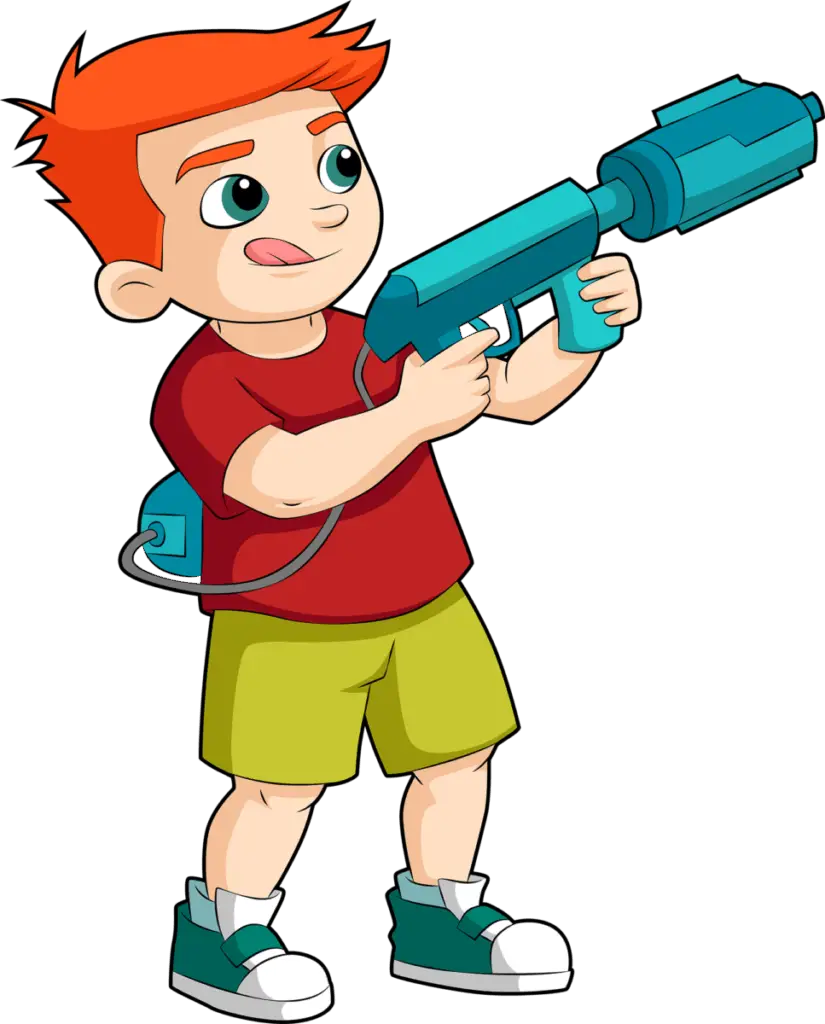
Water is a readily available resource that, without doubt, children love to play with. You can tweak this idea of water play to make your children more creative.
You can use water bottles, empty 2 liter or milk containers, water hose or play pools, and even water balloons.
There are tons of creative water activities that your children can engage in, including washing toys and dolls, testing whether particular objects float or sink in water, adding bubbles and coloring water in a number of ways using food grade food colors.
Babies and toddlers love water play such as with this Splash Table, popular on Amazon; older kids certainly enjoy this perfume-making kit, also on Amazon, and can turn it into many other science-y activities.
Really, the sky is the limit with water play but of course, supervision is always necessary with any water activity, so be a present parent!
Sand Activities for Creative Entertainment
Similar to water, sand is another kid’s favorite. There are tons of sand activities that your children can engage in to boost their creativity.
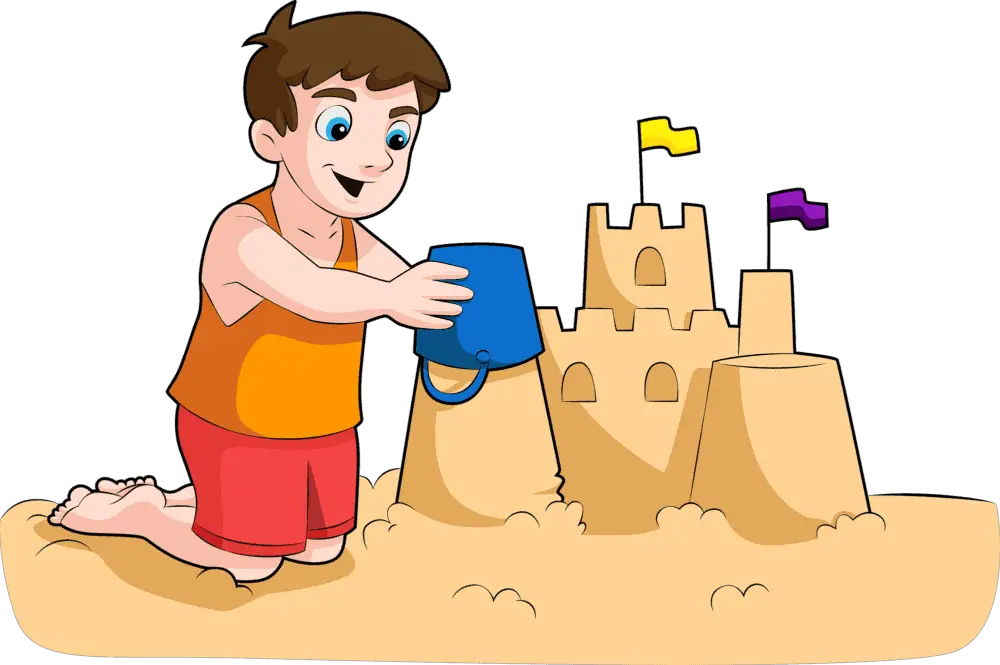
Children can use the math skills they learn at school to measure, mix and mold sand. You can take sand activities to another level by letting the children color and layer sand in containers.
The sandy play area should have items such as buckets, molds, and digging tools to make the activities a success. You can use common items found in your kitchen or certainly purchases kits such as this on Amazon.
Painting Activities for Creative Entertainment
Painting activates a lot of creativity from your child, and the good thing is that most kids naturally-initially- enjoy painting. It is only after they receive negative feedback that their natural joy diminishes towards it.
You can enroll your child as young as toddlers in art classes or set up their own art space at home.
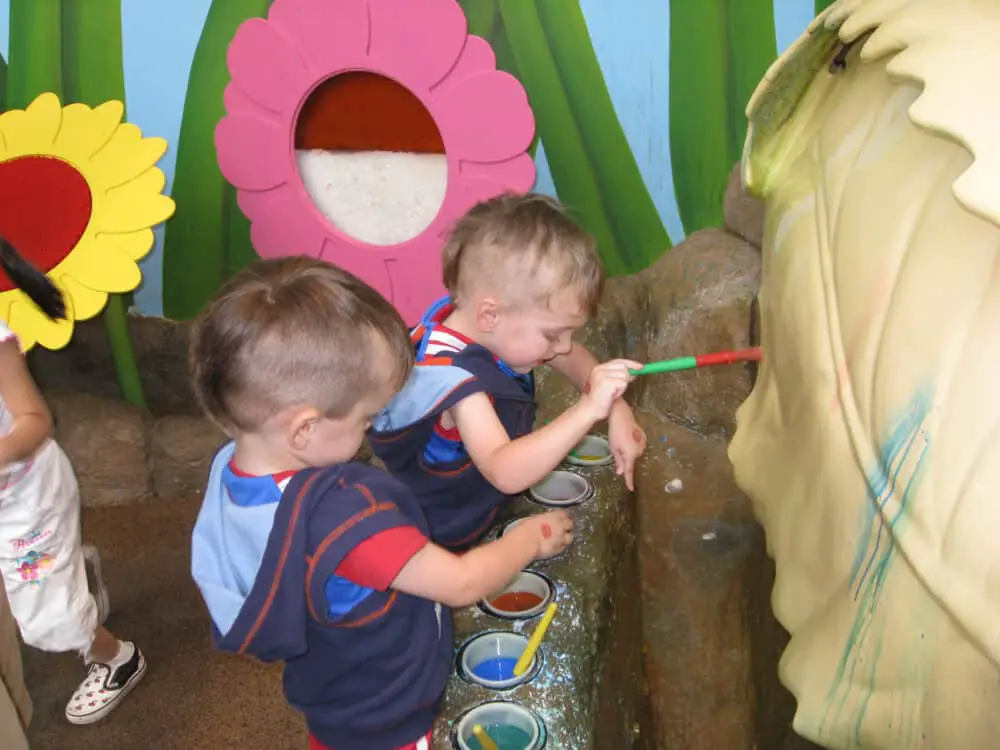
To promote painting, you can provide materials and freedom for your child to paint as his or her heart inspires. To maximize creativity, you can organize different paint colors and a variety of textures and painting accessories, including brushes, sponges and even feathers. As well, feel free to include various painting objects such as canvases, cardboard, construction paper, rocks, and so on.
You can purchases options for little kids like these washable, non-toxic paints from Amazon or this acrylic set perfect for bigger kids.
Better yet- let you child provide ideas of what he or she would like to use! For younger children, we have had success allowing them to ‘paint with food’. This involves pudding or other types of food and a large clean surface. Lessons on just about anything can be developed around food painting. Then they can learn responsibility as they help you clean up.
Rewards Can Also Stir Creativity
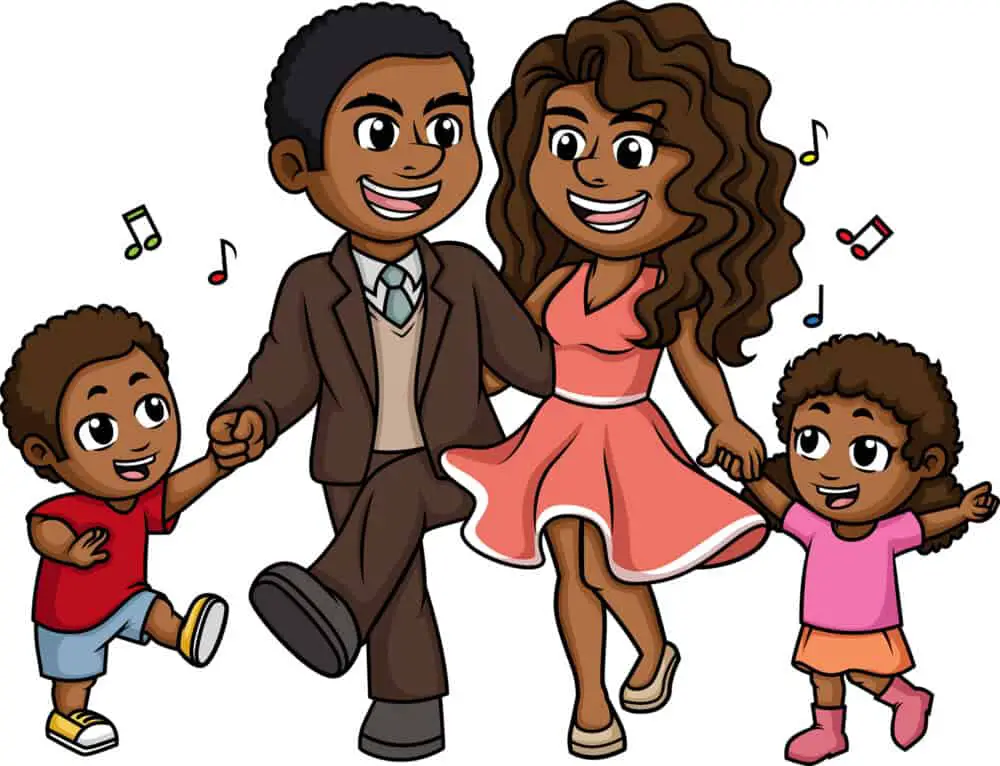
Reward your children from time to time when they do their tasks well or show exemplary creativity handling a particular situation. This will make them understand why going beyond their normal thinking is crucial in life. What’s more, this will teach your kids to be responsible with money and other valuable items.
Rewards can support creativity, too. For example, you can reward your child with a family dance party, dance lessons for the whole family, cooking something fun with your child as a treat, taking a trail walk and looking for the most colorful leaves or interesting rocks, and building a fort to camp in your living room as a family are just some ideas of nontangible rewards that also reinforce creativity in your child!
Regardless, take care not to overdo the rewards as they can easily interfere with creativity rather than reinforcing it in your children. Only reward them when it’s worth it and as it supports their creativity. Making it a surprise and not a frequent activity is also helpful when utilizing a reward system for creativity.
Source: University of Missouri
Martial Arts Methods To Make Your Kids More Creative
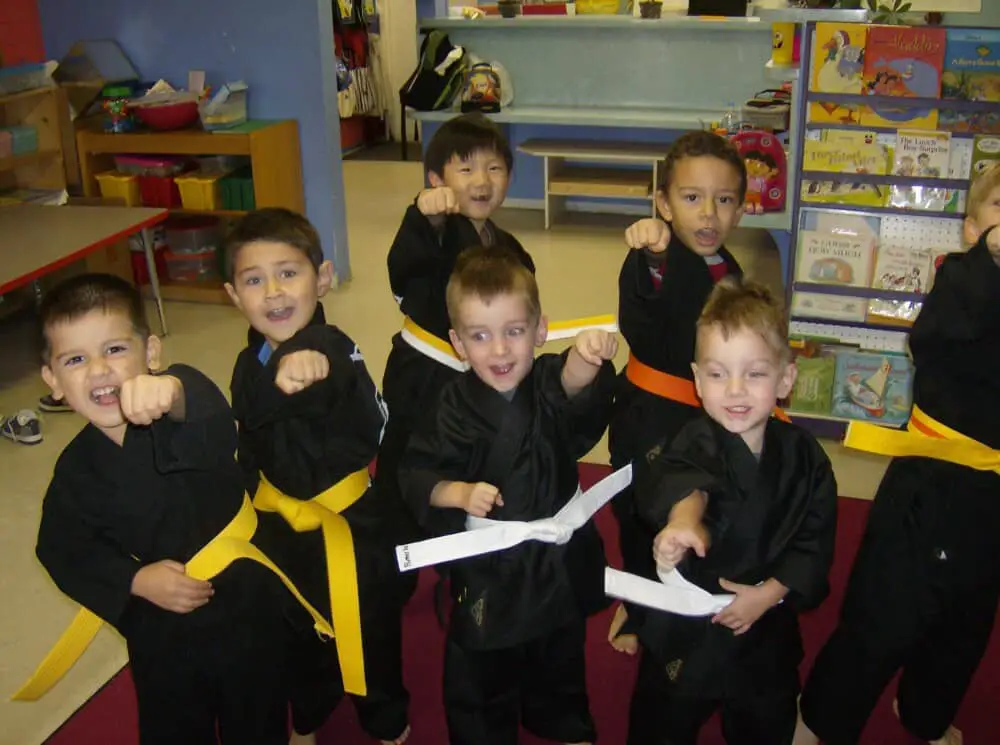
Martial art for kids is more than just a fun activity. There are a number of art-based methods to help your child be more creative. Let’s discuss some of them.
Fitness techniques for Creative Kids
Fitness is at the heart of martial arts and the good thing with the activities here is that they can help boost creativity in your child. To read about how martial arts helps kids avoid obesity, you can read this other I’ve written that addresses it here.
Martial arts is an active outlet that allows for your child to interact with others and develop lifelong habits geared towards fitness and mental health. To read more about how martial arts supports mental health, check out this article by my husband, Mat Booe, here.
The movements from Martial Arts are going to be so different from the actions in the typical sports children have experienced up to this point in their life that it organically involves creativity when they learn and perform the kicks, punches, and forms.
Coordination techniques from Martial Arts Creativity
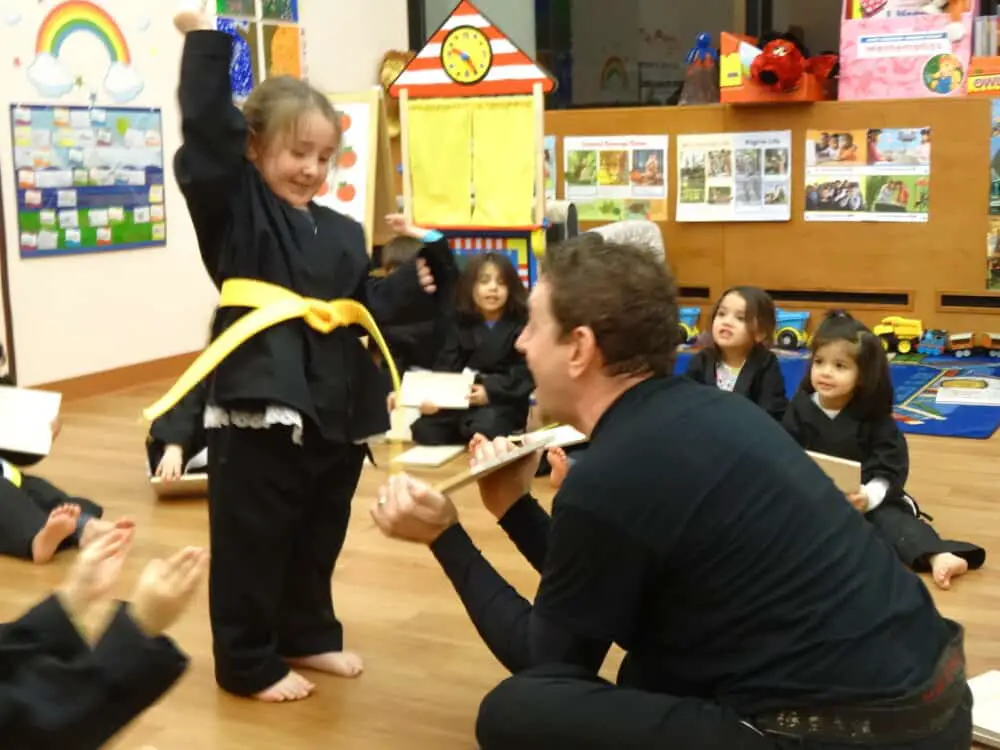
Coordination is one of the core components of martial arts that your child can leverage to boost their creativity. Learning how to punch, kick and block is a body to mind process that sometimes requires more than normal thinking or brain engagement.
This helps them explore their personal physical and mental limits in a safe and structured environment. Creativity is born through exploration. Setting and achieving short and long term goals is an amazing way to foster just that.
Remember that through coordination techniques, your child will also learn how to balance and focus, qualities that will be transferred to other activities/ happening around their world. Other sports and physical activities are helped tremendously by martial arts practice. For an article on how a child can train in the martial arts and other sports, see our article here.
Let your child sign up for one or two Martial Arts classes in a week to promote their coordination! To learn more about our online Martial Arts, go here.
Breathing and Relaxation Techniques Promote Creativity
Martial arts is not all about kicking, punching and defense techniques. Other calmer methods can boost your children’s mental health and creativity, one of them being learning how to relax and breathe.
Being able to control breathing requires creativity.
Breathing is natural, but controlled breathing is not innate. Learning how to control breathing and relaxing will improve your child’s mental health, meaning that they will better handle other life aspects and situations that require more intense and creative thinking.
Taking time to understand their body and how it works gives avenues for learning about themselves. This leads to a variety of self improvement areas and they all will spur the creative side. Kids will have to come up with solutions directly related to their own health (with mom and dad’s help of course.)
Source: ActiveKids
Other Methods to Teach Kids Creativity
And there are many other ways to support creativity in your kids that didn’t quite fit into the categories above, so I’ve expounded on them in this last section.
Cook with Your Kids to Build Creativity
It would help if you took advantage of the time you have you with your children at home. Rather than leaving them in the living room, invite them to the kitchen and teach them how to cook at an early age. This could actually pay off in the future when your kids can cook the whole family dinner!
You can start with the easy recipes to teach your children the basics. After learning how to use the items in the kitchen, you can proceed to introducing them to the concept of substitution. Here, you can, for example, teach them what can be used in place of milk when baking.
At the end of it all, test their creativity by letting them come up with their own recipes using the items you have in the kitchen and assist them in trying out the recipes, sort of your own version of Chopped, Jr!
If successful, reward them, but if not, ask them to identify where they went wrong when preparing the recipes.
Go for Trips, Big or Small, To Teach Creativity
You can take your children to places that promote creativity, bonding with others, and introduce them to new rejuvenating environments. The top places to visit in this regard are museums and theaters. But don’t be afraid to visit ‘off-the-beaten path’ places or places that are out of your norm or comfort zone!
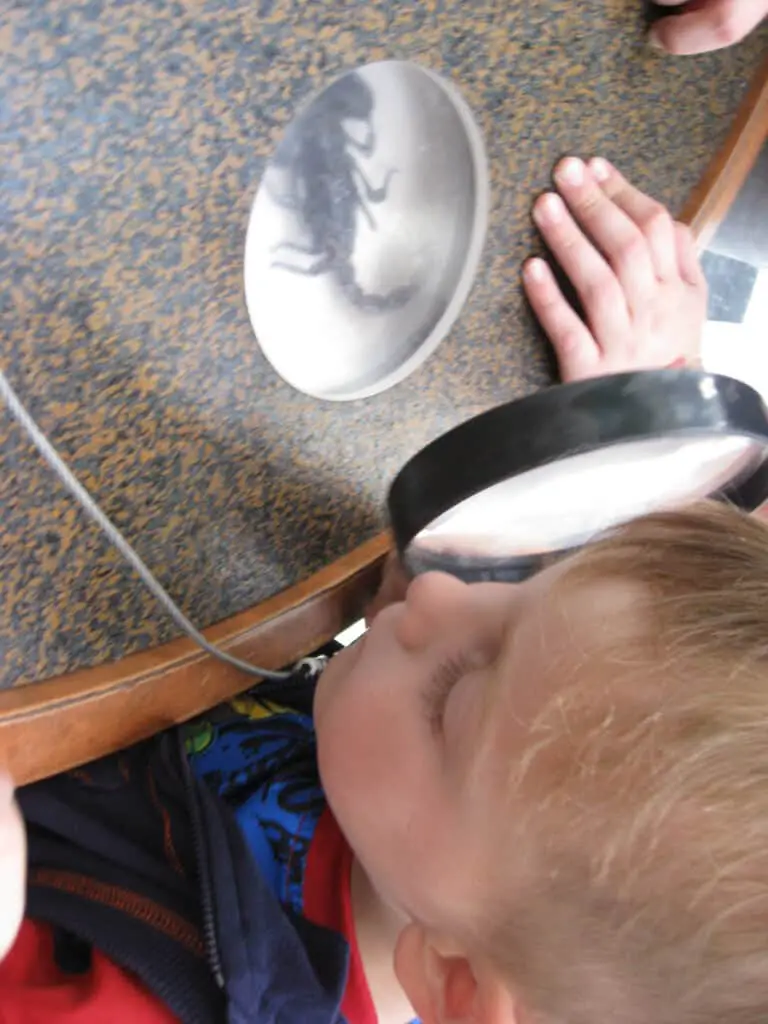
Museums, especially those that lean more on natural history and hands-on exhibits, are perfect for your child’s mind’s stimulation. Depending on where you live, you may have a plethora of museums in your back yard or you might have to plan a bit more to take a road trip.
When it comes to theaters, those with child-oriented plays and musicals can significantly boost a child’s thinking and creativity. There are also workshops in some of these theaters where children can really expand their creativity.
This can also be done with longer distance travel to new cities or locations. Though there may not be directed and dedicated places or events to foster creativity, there is a lot to be learned by simply experiencing a different culture, climate, or even city.
Source: EZPlay
Wrapping UP Productive Ways To Make Your Kids More Creative
These 15 ideas will get you started modeling creativity in your child. Keep in mind that children are naturally bursting with curiosity. They need a supportive environment at all times to help cultivate and grow creativity in them-and not quash it.
Whether a child is in school or at home, the methods of instilling creativity are similar. Thus, with some tweaking and modifications for personal style and budget, these methods can be used by parents, as well as teachers.
Good luck as you foster creativity in your kids and may the skills you instill in them serve them beyond their childhood years!
